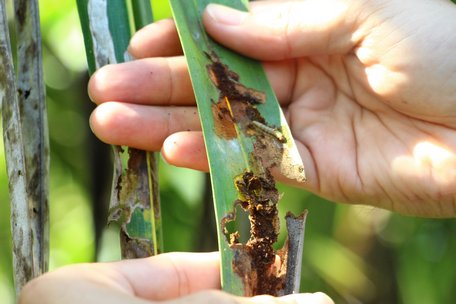 |
| Black-headed durian damages coconut trees, causing serious damage to gardeners. |
Recently, black-headed caterpillar (BCH) has reappeared and damaged many coconut gardens in the province. Professionals, localities, and people have drastically applied effective management and prevention measures against this dangerous pest.
Severe damage to gardeners
According to the agricultural sector, in the Mekong Delta, BD was first recorded to appear in Phu Long commune, Binh Dai district and Huu Dinh commune, Chau Thanh district ( Ben Tre province) in July 2020. By the end of March 2021, the entire Ben Tre province had more than 160 hectares of coconut gardens attacked by BD. Of which, the area of severely damaged coconut trees was about 51 hectares, which had to be cut down. In Vinh Long province, BD has currently appeared and damaged over 7 hectares in Tan An Luong commune, Vung Liem district (6.5 hectares) and Phu Thinh commune, Tam Binh district (0.55 hectares) with an infection rate of 70-80%.
The caterpillar is a pest on coconuts, palm oil trees, date palms, and ornamental coconuts. The worm (larval stage) bites the underside of the leaf epidermis, spins silk around its body by binding feces and debris to create a tunnel-like shelter on the underside of old leaves. The worm hides in these tunnels to continue damaging the surface of the coconut leaves. Old leaves damaged by the worm will dry out. When the old leaves are eaten, the worm will gradually attack the upper leaves, even attacking the fruit peel if the density is high.
With 3 coconut trees damaged by SDĐ, Ms. Phan Thi Thuy (Phu An hamlet, Phu Thinh commune, Tam Binh district) said: “A few months ago, some coconut trees suddenly had a few dry leaves. I simply thought it was due to the hot weather, plus the old coconut trees were gradually dying, but unexpectedly, just 2-3 weeks later, some coconut trees next to them that were still green also had the same problem. I had never seen such signs before. Thinking that the coconut trees were sick, I bought fertilizer and medicine to spray, but the coconut trees still did not recover and continued to have dry leaves in large numbers, and in a short time, many coconut trees had dry leaves and died. Some trees were also severely damaged and could not recover.”
Also having his coconut garden damaged by SDĐ, Mr. Nguyen Thanh Lo (Phu An hamlet, Phu Thinh commune, Tam Binh district) said: “At first, the coconut leaves had a few spots. When I tore the coconut leaves apart to check, I saw worms inside. After that, the infection continued to spread, some coconut trees lost all their fruit, the leaves dried up, and the coconut garden also suffered crop losses.”
According to the authorities, the disease that damages coconut trees appears in tall coconut gardens, making it difficult to detect and prevent. Some households are not concerned about the damage caused by the disease. In addition, at times when coconut prices are low, a few farmers are not interested in prevention and treatment or do not have money to hire workers to spray. Some households buy land to grow coconuts, but usually live elsewhere, or the household head often works far away from home, so it is difficult for the local authorities to contact them for prevention and treatment.
Take drastic measures to prevent and control the spread of the disease.
Faced with the damage and development of DD on coconut trees, the Department of Crop Production and Plant Protection has regularly carried out investigations, detection, estimation and forecasting of disease situations. Timely guidance to people on management measures for plant diseases in general and DD on coconut trees in particular. In addition, the unit has implemented the integrated plant health management model (IPHM) such as: using good varieties, reducing planting density, increasing the use of organic fertilizers, balanced fertilization, using biological products, pest management according to IPM,... to improve productivity, product quality, minimize the risks caused by chemical abuse, especially pesticides to public health, the environment, food safety and contribute to DD management.
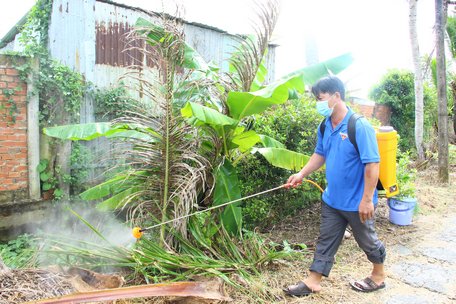 |
| Professional sectors, localities and people have drastically applied measures to prevent and treat SDĐ. |
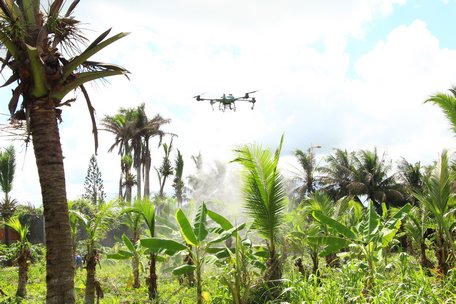 |
Mr. Le Van Chien - Deputy Head of the Department of Agriculture and Rural Development of Tam Binh district said: Currently, the whole district has about 2,000 hectares of coconut trees. Coconut trees are harvested all year round, bringing quite high economic efficiency. Previously, coconut trees here had pests such as beetles, recently there has been the appearance of SĐĐ that harms coconuts. These are two serious pests. Because coconut is not a main crop, the planting area is fragmented, small, mainly intercropped, so it is very difficult to manage, detect pests and prevent and control. Therefore, when pests are detected, the district's agricultural sector quickly coordinated with the locality to proactively implement measures to suppress the epidemic, not allowing the pest to break out and spread. At the same time, mobilize people to raise awareness of pest prevention and control on coconut trees.
Ms. Nguyen Thi Hong Linh - Deputy Head of the Department of Cultivation and Plant Protection said: To manage and prevent coconut palm weevils, people need to plant coconuts at moderate density to facilitate care and pest and disease management. Fertilizing with balanced nutrients helps the tree stay healthy and increase resistance. Regularly clean the garden and remove weeds in the coconut garden because this is the habitat of coconut palm weevils. At the same time, cut off old, dry coconut leaves below and residues on the coconut tree trunk to facilitate pesticide treatment on coconuts. Protect and breed natural enemies of coconut palm weevils such as: weaver ants, pintail beetles, parasitic wasps, etc.
| When detecting damage from the worm, it is necessary to prune the leaves or leaflets of the coconut tree damaged by the worm and destroy them by burning or soaking them in water (at least 10 days) to reduce the density of pests. For old coconut trees, coconut trees severely damaged by worms that cannot be restored should be cut down and destroyed to prevent the worms from spreading to neighboring healthy coconut trees. Release the worm on coconut gardens lightly infected with the worm, quantity: 10-20 insects/tree. Use the biological product BT (Bacillus thuringiensis) to spray to ensure that the leaves are evenly wet, periodically every 7-10 days. Only use chemical measures when absolutely necessary for coconut gardens heavily infected with the worm. When using, it is necessary to follow the 4 correct principles, comply with the isolation time and rotate the active ingredients of the drug (Spinetoram, Flubendiamide, Emamectin benzoate, Lufenuron, Spirotetramat, ...), spray directly on the underside of the leaves. |
Article and photos: THAO LY
Source: https://baovinhlong.vn/tin-moi/202408/ngan-chan-sau-dau-den-hai-dua-4de22b4/




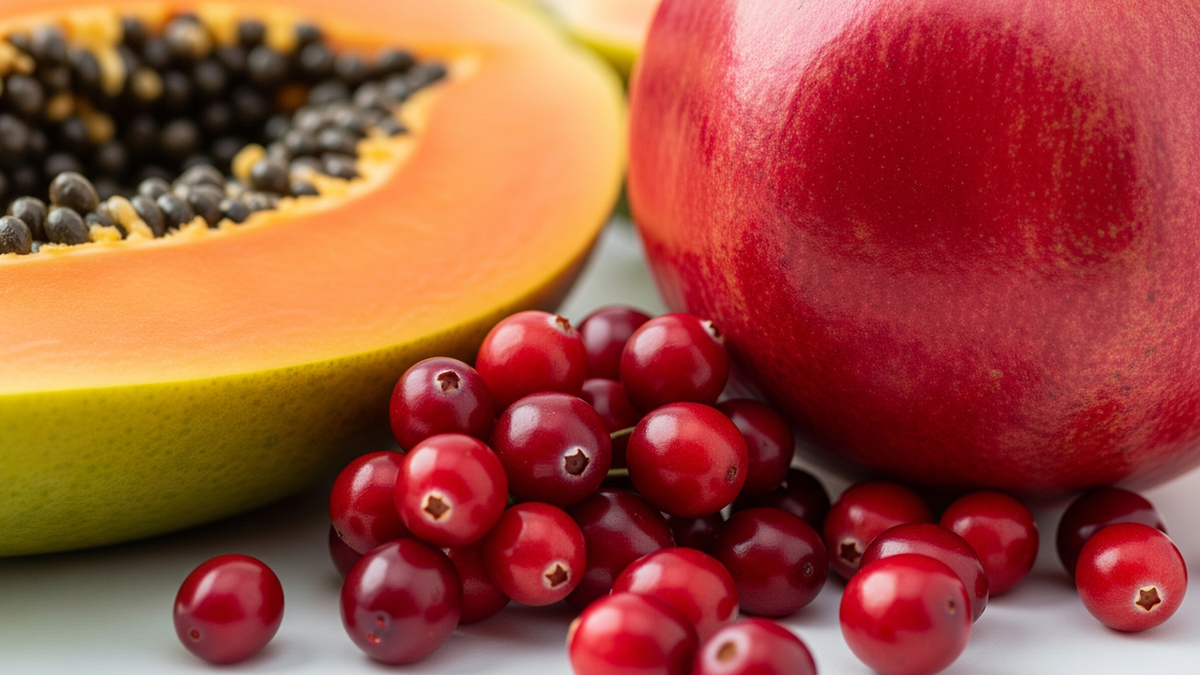
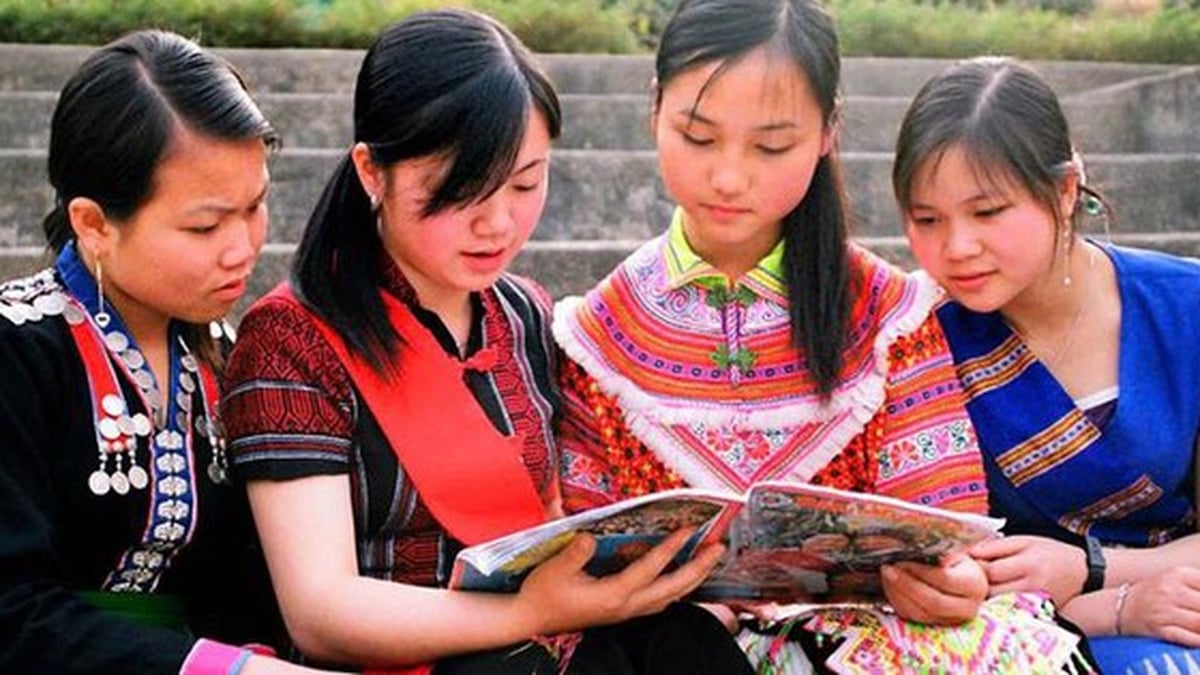
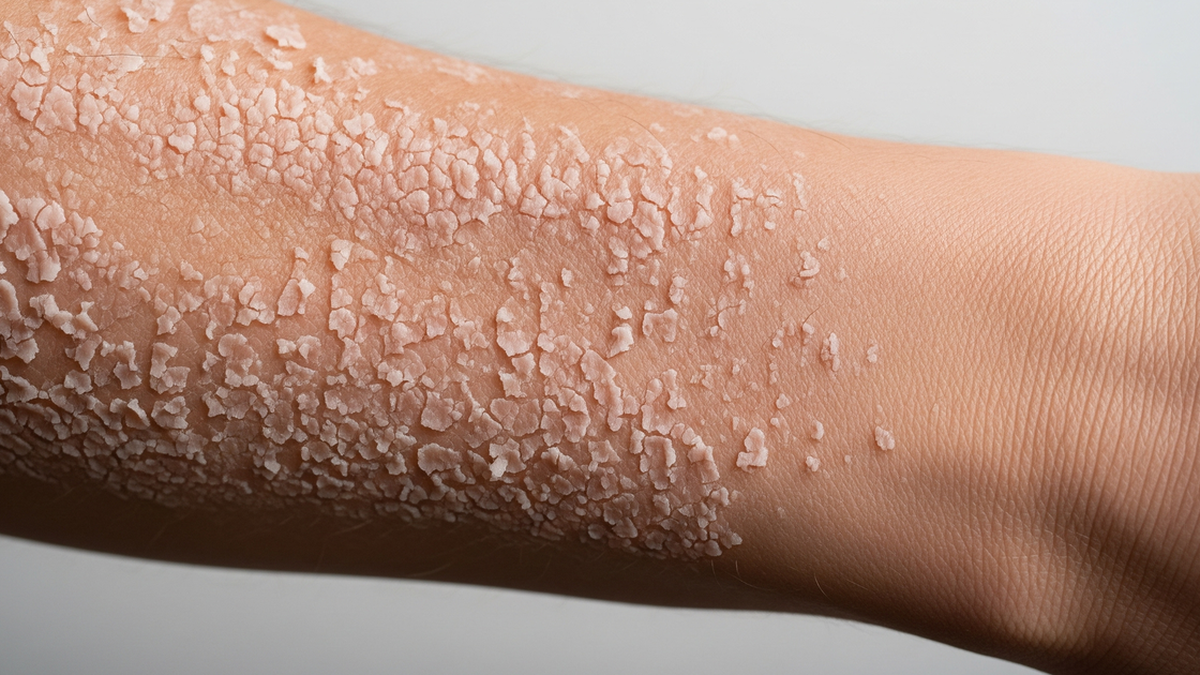
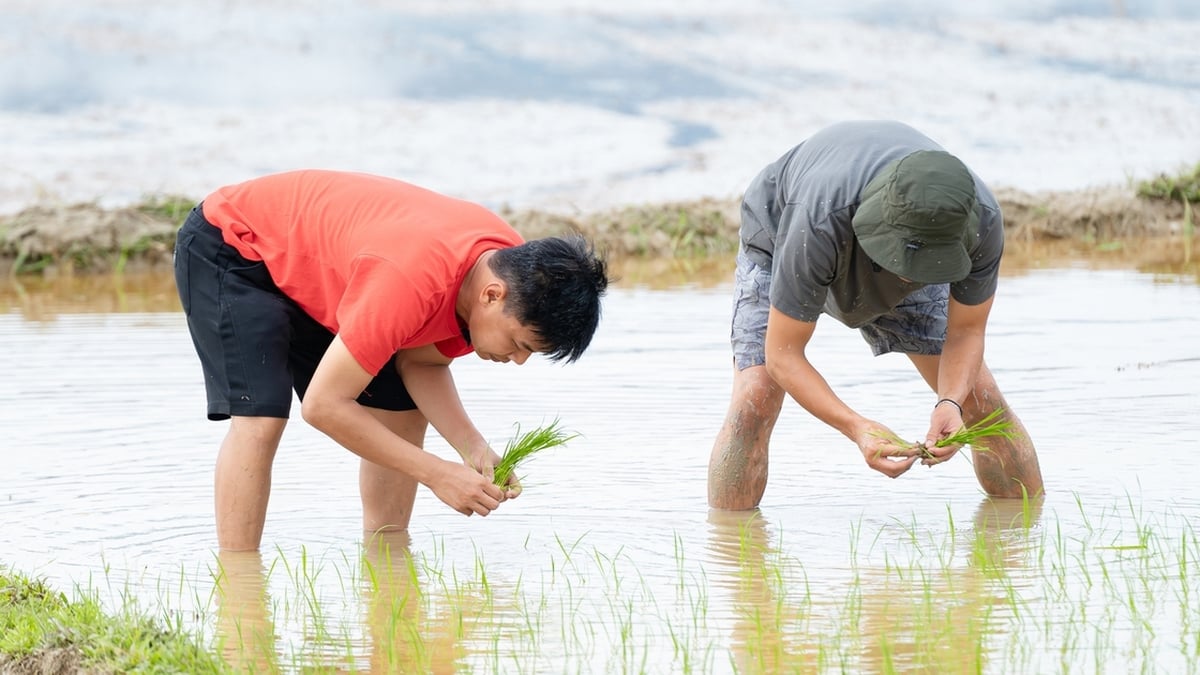
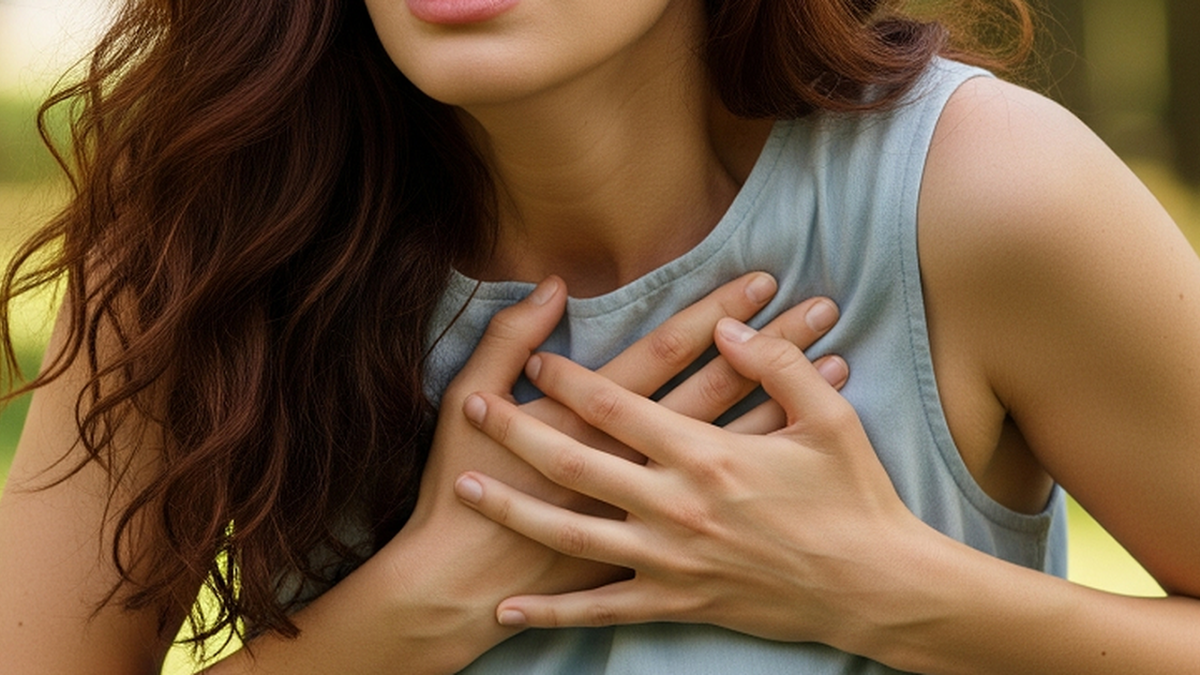
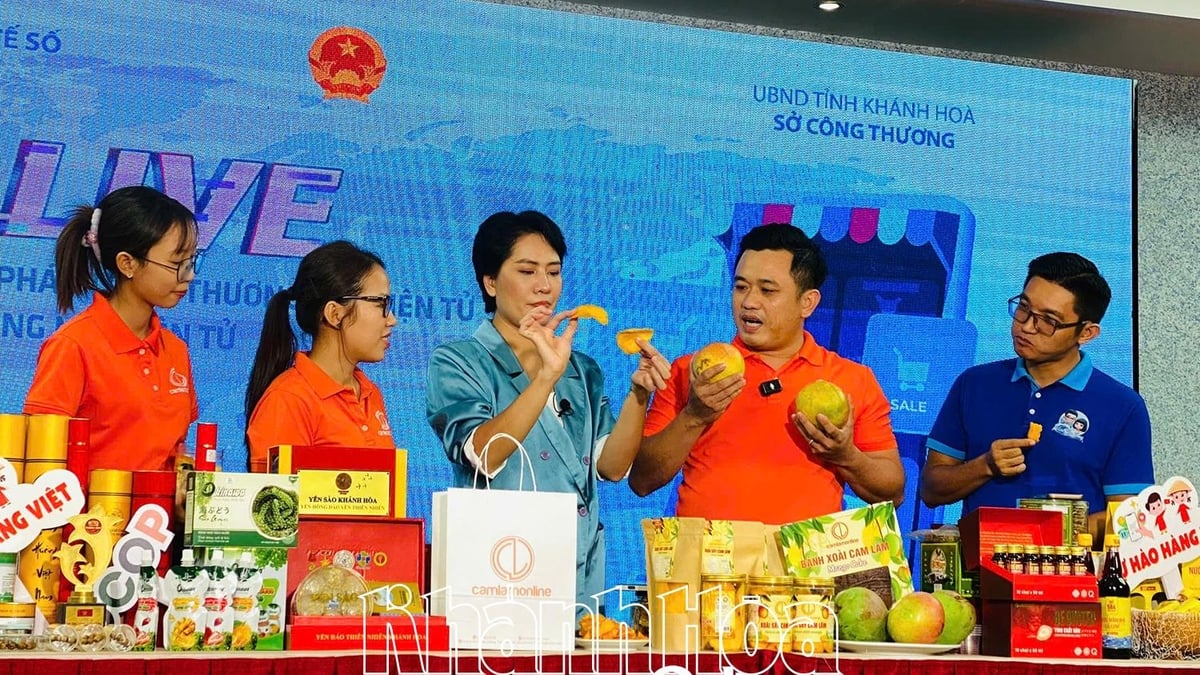





















![[Photo] National Assembly Chairman attends the seminar "Building and operating an international financial center and recommendations for Vietnam"](https://vphoto.vietnam.vn/thumb/1200x675/vietnam/resource/IMAGE/2025/7/28/76393436936e457db31ec84433289f72)


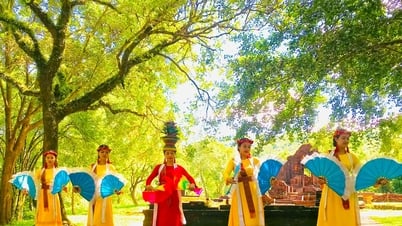



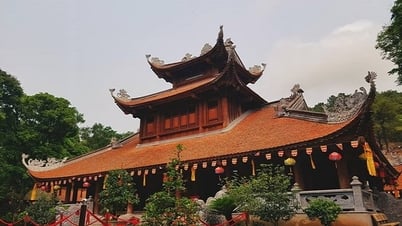







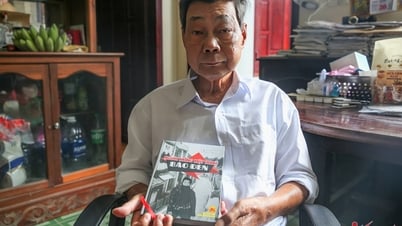



























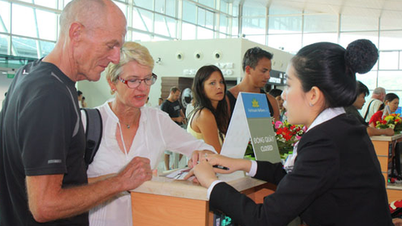
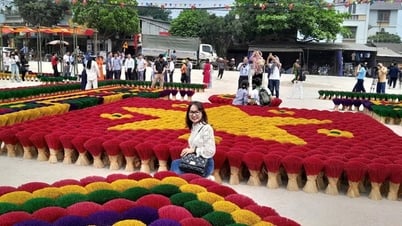

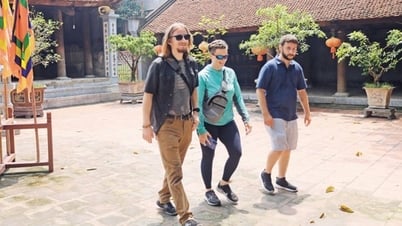




















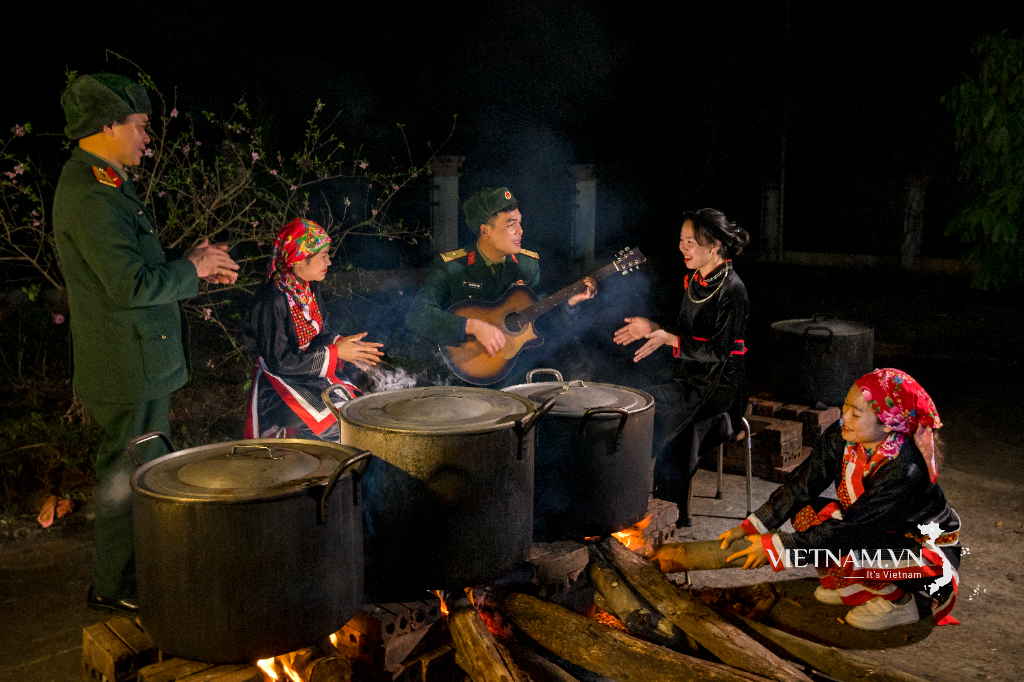

Comment (0)